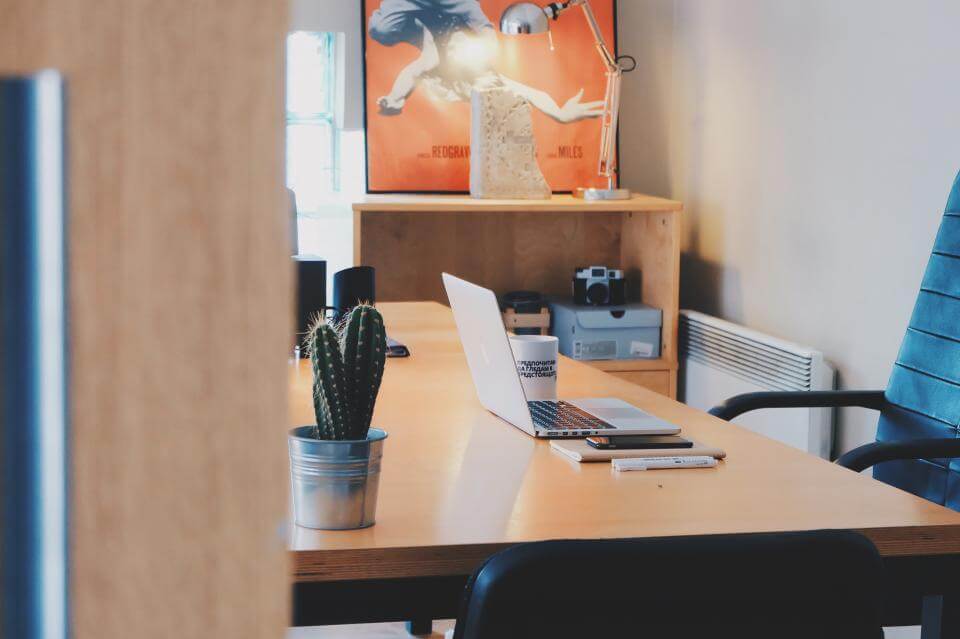
There is a strong relationship between a team’s productivity and the space in which they work. Facility managers who can stay on top of current trends, employee needs and technologies are better equipped to foster these productive workplaces. Many of today’s industry experts have weighed in on the matter. Here’s what they had to say about the crucial elements of design and productivity.
Bob Fox: Human interactions

According to Fox Architects CEO, Bob Fox, facility managers will need to go beyond pragmatism to bring in talent:
“There is a growing importance to try to do more with the people issues, and those things are always kind of tough to measure for a facility manager because usually they are dealing with keeping track of all the space, the budget, the furniture and all those kinds of things.”
Developing workplaces that appeal to the personal needs of people can be a daunting task, but creating more inspiring and human-oriented spaces does not require massive investments. For instance, it can be as simple as incorporating more plants and natural light in an office. Scientific studies have shown that by shifting the design focus to increase happiness and human interactions, organizations can boost employee productivity by at least 12%. Providing recreational and wellness spaces can also help drive a company’s productivity, even if they may seem like extraneous expenses.
Natalie Grassio: Activity-based working

Natalie Grasso of Work Design Magazine notes that companies today need to accommodate the specific activities and various types of work that take place within an office space. Highlighting the need for versatility in workplaces, she says:
“Activity-based working is about designing environments in which there are a bunch of different environments within one office space.”
Technology, mobility and individual needs all play important roles in shaping a workplace that can foster both focused and collaborative work. Grassio also points out that facility managers will need to be especially attentive to the mobility of a workplace. According to a GlobalWorkplaceAnalytics.com survey, 20–25% of the US workforce engages in some form of teleworking. The combination of flex workers, remote workers and office dwellers has created an ever-changing workplace that requires more flexibility and technological adaptation.
Larry Malcic: Employee autonomy

Larry Malcic, design principal at HOK London, considers the psychology of a workplace to be integral:
“Workplace designers need to keep in mind that psychologists believe the three basic human requirements are security, identity and stimulation. We must also recognise the multi-generational nature of the workforce.”
Malcic mentions the importance of providing “micro-environments” for employees that give them a sense of control over their workspace, whether it’s through control over ventilation or even the choice of their own chair. Providing these micro-environments allows employees to exercise autonomy over how they customize their space.
Facility managers can reflect these needs in their own spaces by establishing flex rooms and opportunities to spark creativity.
Industry experts have noted that effective office design runs parallel with the human needs of workers as well as the technologies they use. Facility managers who keep this mind can develop a successful relationship between office design and productivity.
Photos: Snappa.io, Startup Stock Photos, Startup Stock Photos, Startup Stock Photos




